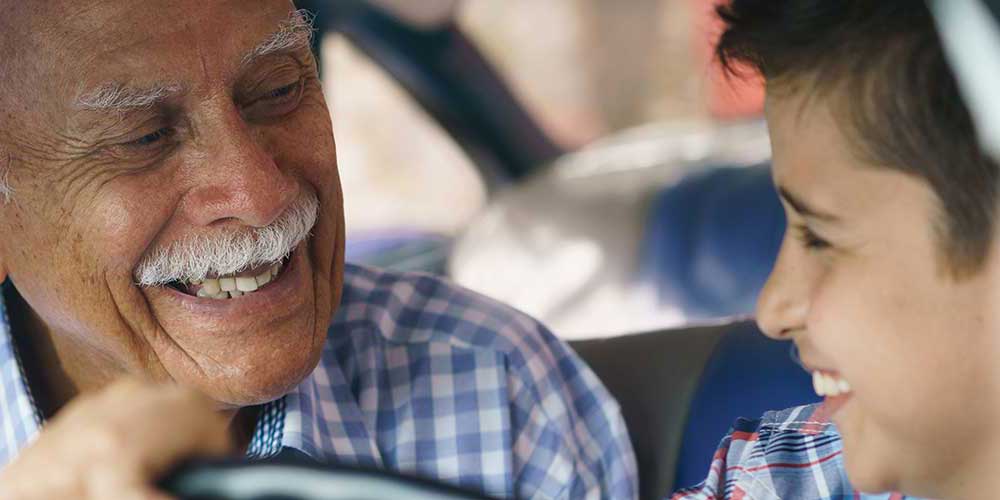By Robert Tate, Award-Winning Automotive Historian and Researcher
Images Courtesy of Stellantis North America Archives, Muscle Car Plus and the St. Louis Car Museum
Published 7.10.2024
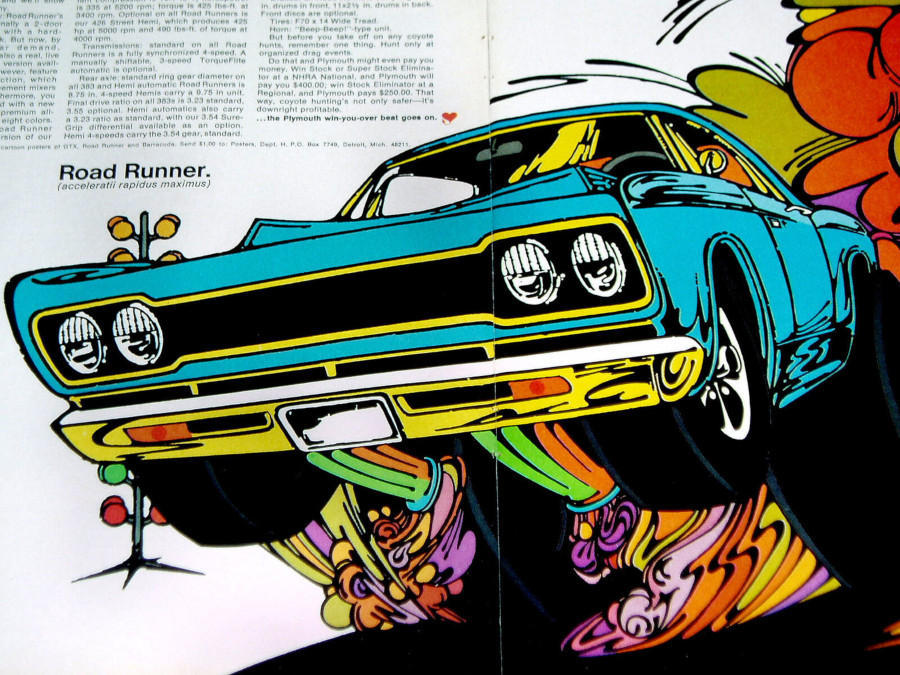 A 1968 Plymouth Road Runner ad (Stellantis North America Archives)
A 1968 Plymouth Road Runner ad (Stellantis North America Archives)
The popular 1968 Plymouth Road Runner was designed under the direction of Elwood P. Engel, who followed in the footsteps of the legendary designer Virgil Exner leading the Chrysler design studio. Engel left the Ford Motor Company design team and came to Chrysler with a great passion for automotive style.
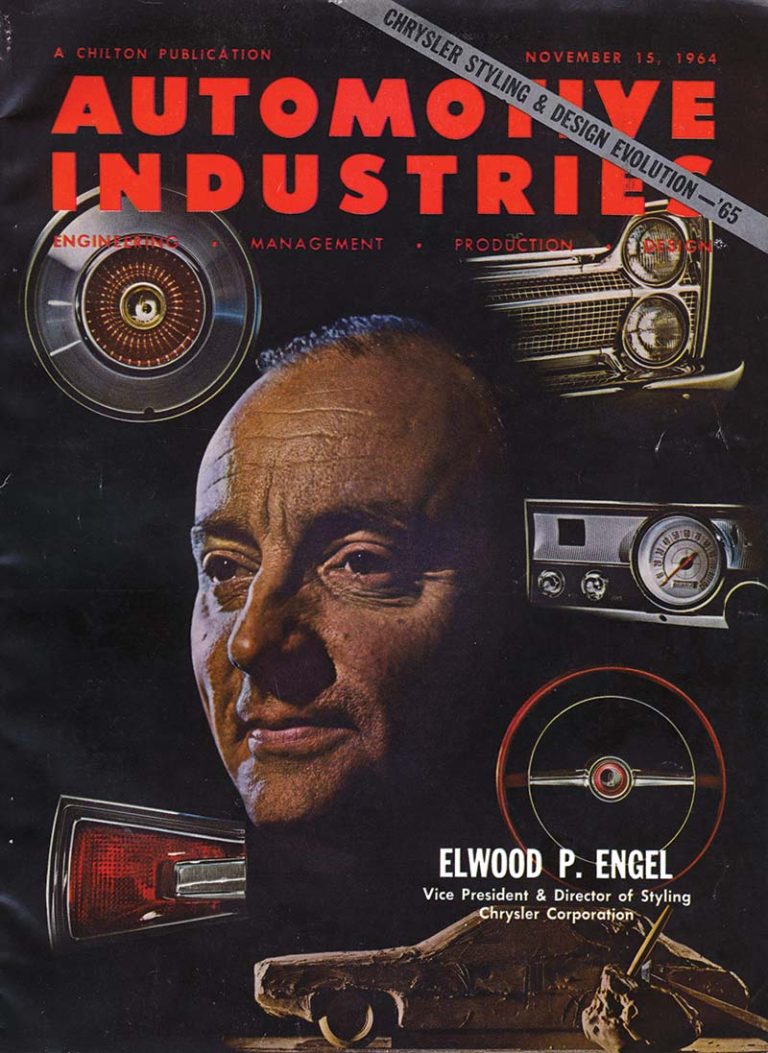 Elwood Engel (Muscle Car Plus)
Elwood Engel (Muscle Car Plus)
One popular design concept that Engel was a part of was the 1963 Chrysler Turbine car that many thoroughly enjoyed. Another great looking car Engel turned out toward the end of his career was the 1968 Road Runner coupe, which was priced at $3,034. A total of 15,359 units were produced that year.
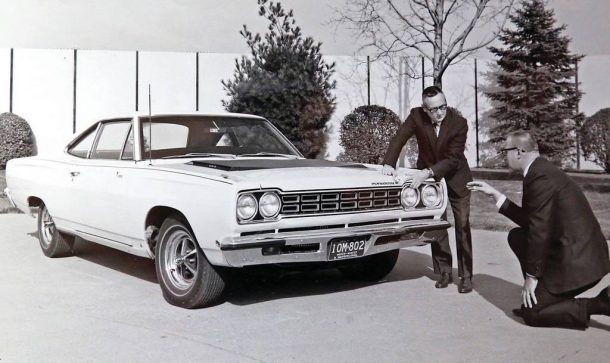 The front end of the Plymouth Road Runner with Chrysler EVP Dick MacAdam (Stellantis North America Archives)
The front end of the Plymouth Road Runner with Chrysler EVP Dick MacAdam (Stellantis North America Archives)
The 1960s were a great time when American automakers introduced many different muscle cars targeted to the younger generation. The 1968 Road Runner featured a 383 engine with a design logo 383 numerals that appeared on the air scoops hood design. It also offered a 426 Hemi Street engine.
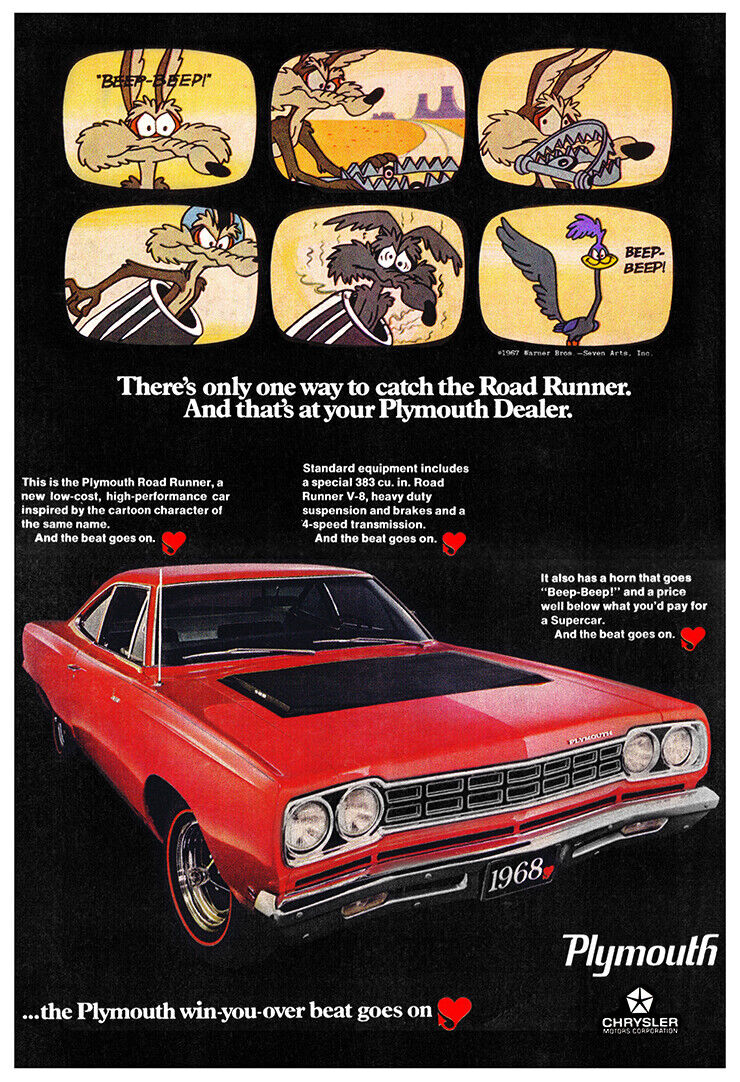 Another 1968 Plymouth Road Runner ad (Stellantis North America Archives)
Another 1968 Plymouth Road Runner ad (Stellantis North America Archives)
The Road Runner was a high-performance car named for the famed animated cartoon bird character. According to automotive historians, Chrysler’s Plymouth marketing division paid Warner Brothers studio $50,000 for the licensing of the name, which included the iconic “Beep Beep” horn sound recognized and beloved by Road Runner fans. The late Jack Smith of Chrysler worked with Warner Brothers to use the animated bird for the popular Plymouth car, however, it was Gordon Cherry who came up with the idea of using the Road Runner cartoon bird in conjunction with the vehicle. The resulting marketing campaign was very effective in 1968.
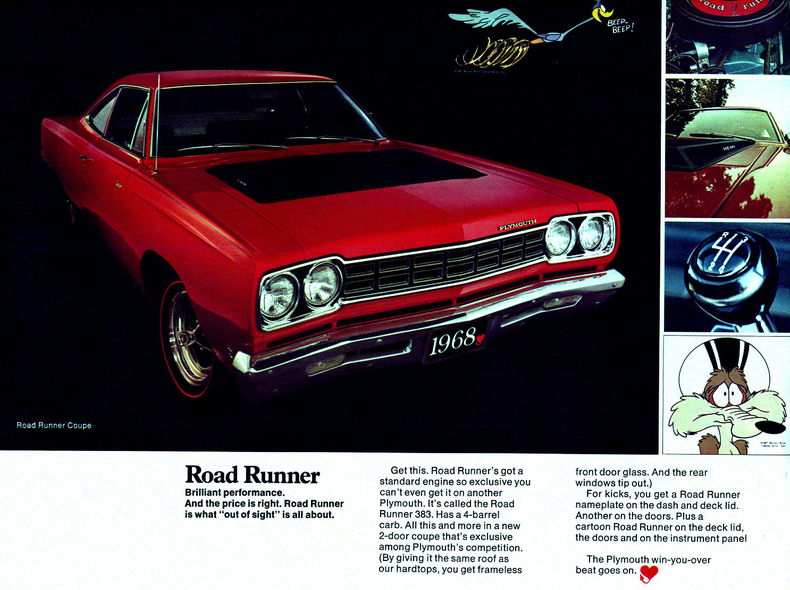 1968 Plymouth ad (Stellantis North America Archives)
1968 Plymouth ad (Stellantis North America Archives)
In 1968, the Plymouth Division restyled its intermediates with more rounded lines than ever before. The Road Runner became one of the hottest models on the road with its hardtop or coupe design that most people admired. The Road Runner name plates were located on the sides and rear end of the car, creating a nice-looking design. The car also used black hood detailing.
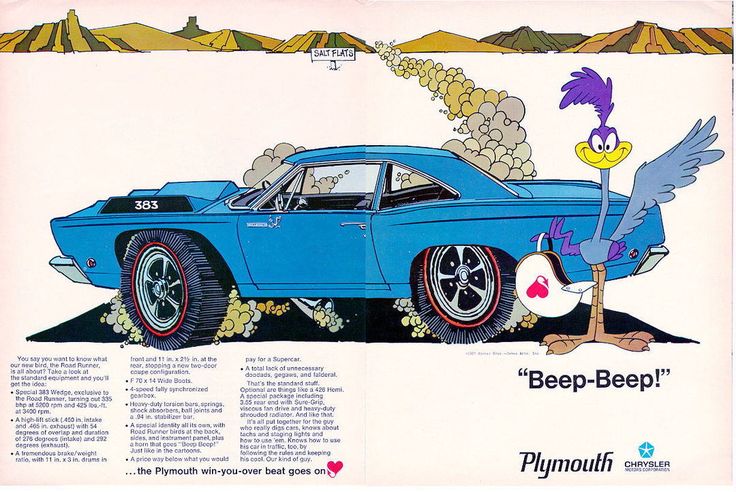 A 1968 Plymouth Road Runner ad (Stellantis North America Archives)
A 1968 Plymouth Road Runner ad (Stellantis North America Archives)
I should also mention that one of the most famous NASCAR drivers, Richard Petty, drove a 1968 Plymouth Road Runner that carried his signature number 43.
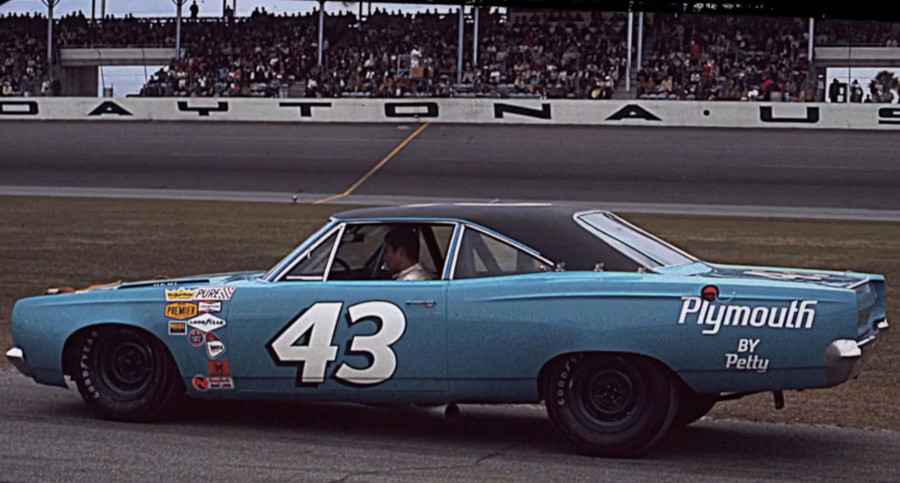 Richard Petty's #43 Road Runner NASCAR racer
Richard Petty's #43 Road Runner NASCAR racer
Plymouth advertising for 1968 created great illustrations of the 1968 Road Runner models using colorful images and the cartoon characters, along with that popular “Beep Beep.” Some of the artwork was created by artist Dale Dalton, who created a more widened and foreshortened look. One of the most popular advertisements that year featured a blue Road Runner illustration with headers smoking and racing slicks throwing a whirlwind of fire. This magazine ad was even made available in poster form.
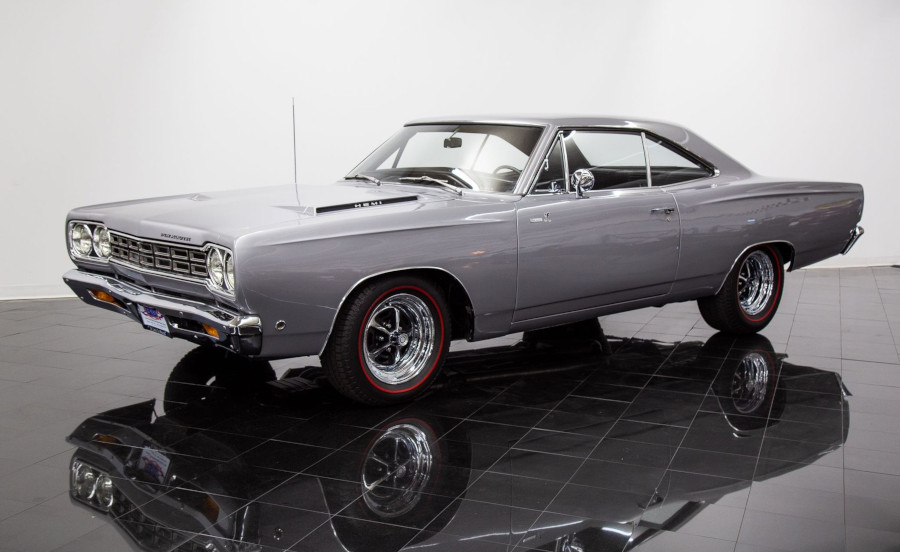 1968 Plymouth Road Runner (St Louis Car Museum)
1968 Plymouth Road Runner (St Louis Car Museum)
In conclusion, the 1968 Plymouth Road Runner models were first introduced as a mid-year release with its unique hood and simulated air scoops, along with its 383 or 426 Hemi V8 engine. Some automotive historians have said that the 1968-1970 models were the most recognized and desirable among automotive enthusiasts. Plymouth named it after the famous Warner Brothers cartoon character. That move helped the model become very successful and part of our automotive history.
Bibliography
Lamm, Michael & Holls, Dave. “A Century of Automotive Style: 100 Years of American Car Design.” Lamm-Morada Publishing, 1996.
Butler, Don. “The Plymouth and DeSoto Story.” Motorbooks International. Crestline Publishing, 1978.
Holder, Bill & Kunz, Phil. “Chrysler Muscle: Detroit Mightiest Machines.” Krause Publications, 2003.


